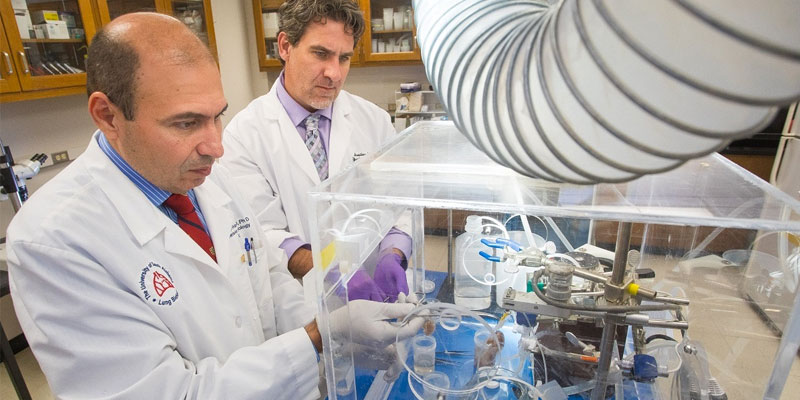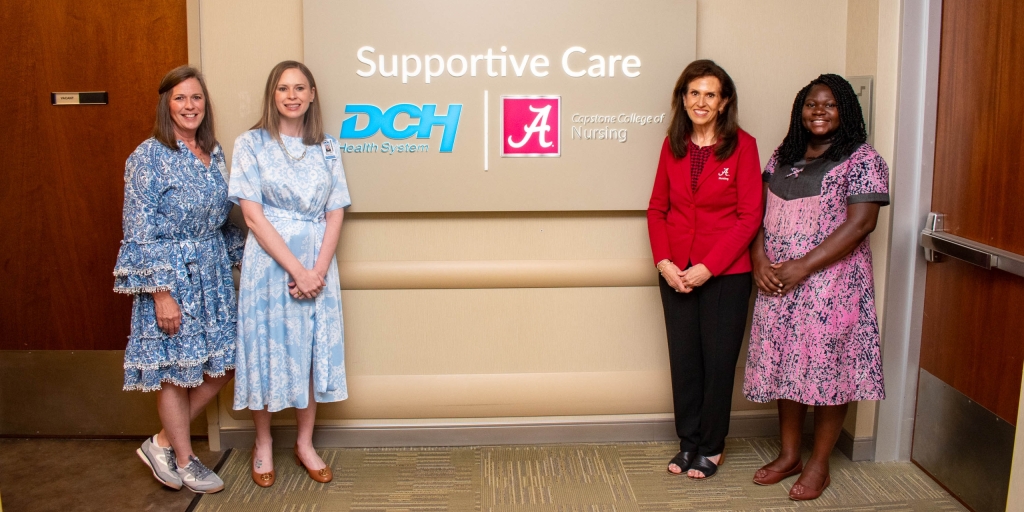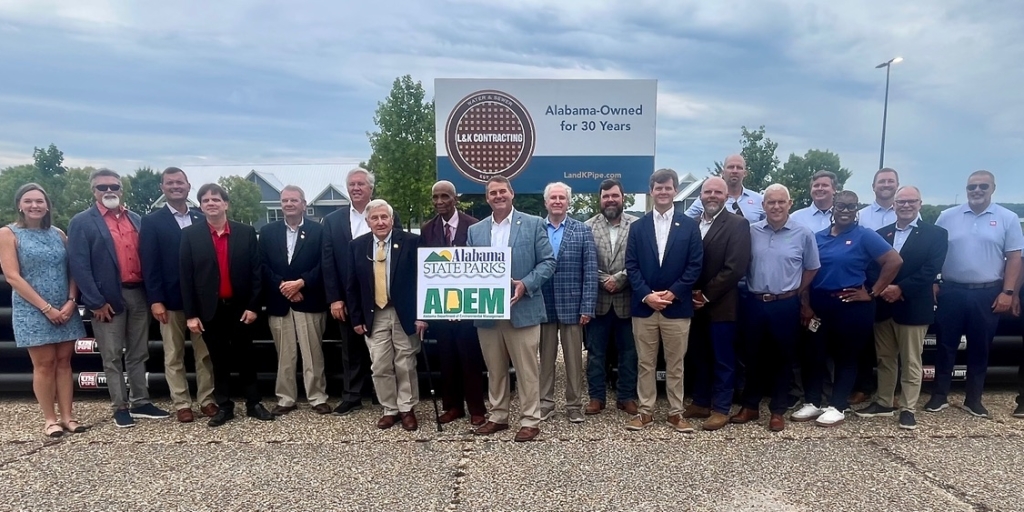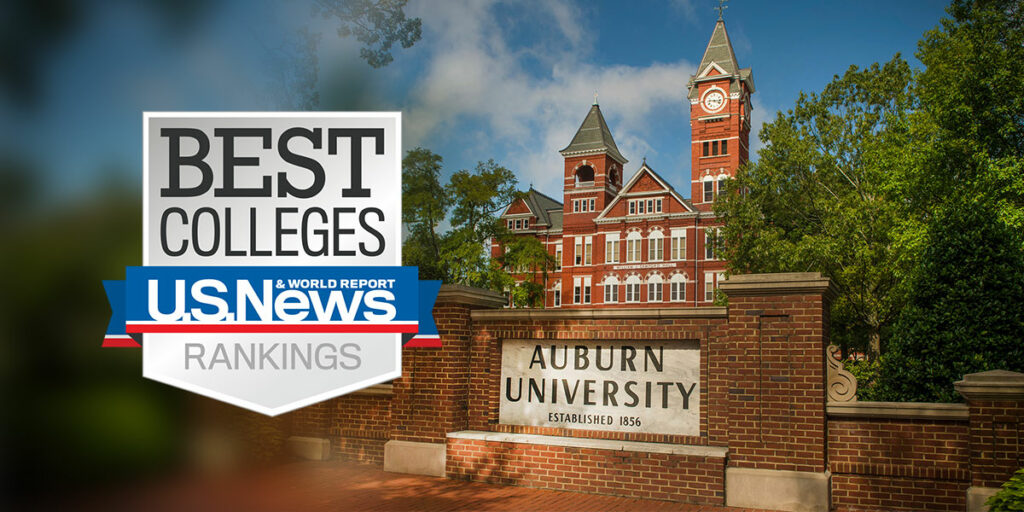Researchers at the University of South Alabama College of Medicine have developed a pre-clinical model for Acute Respiratory Distress Syndrome (ARDS), a progressive disease that occurs in critically ill patients. A team led by Dr. Diego F. Alvarez and Dr. Jonathon P. Audia published the results of this NIH/NHLBI-sponsored study in the March 11 online edition of Pulmonary Circulation.
ARDS has a mortality rate of 40 to 60 percent in patients who develop the disorder, which is characterized by worsening lung function. Typically ARDS develops as a result of community- and hospital-acquired pneumonia and patients are treated in an intensive-care setting.
“Right now there are no therapies to treat these patients once ARDS develops other than supportive care,” said Audia, associate professor of microbiology and immunology. “Our goal is developing comprehensive models to understand the disease progression and how it resolves, and then ultimately being able to use this model to test new therapies.”
Audia and Alvarez, who is an associate professor of physiology and cell biology, have been researching the pathogen Pseudomonas aeruginosa, a common cause of hospital-acquired pneumonia, and its impact on lung biology and pathogenesis for the past nine years, publishing numerous scientific articles on the subject.
The current study was the first to take a comprehensive look at the progression of ARDS in animal models examining effects on the lung vasculature, building upon the team’s previous work in cell cultures, Audia said.
The researchers examined two groups of rats infected with Pseudomonas aeruginosa – one group after 48 hours and the other after seven days. The first group of mice displayed the clinical hallmarks of ARDS, while the second group displayed lingering effects of infection, inflammation and fibrosis seen in patients who succumb to ARDS, but signs of lung repair also were observed.
The modeling sets the stage for future research. “We don’t know whether the host response is not strong enough to kill the bacteria or if there’s something defective with the repair pathway and the patients never fully recover,” Audia said. “It’s one of those things that’s a black box. Nobody knows which part goes awry.”
He said further research could help doctors predict how patients will fare in response to an initial pneumonia infection, and ultimately lead to the development of new interventions and therapies to combat pneumonia and ARDS.
(Courtesy of Alabama NewsCenter)













